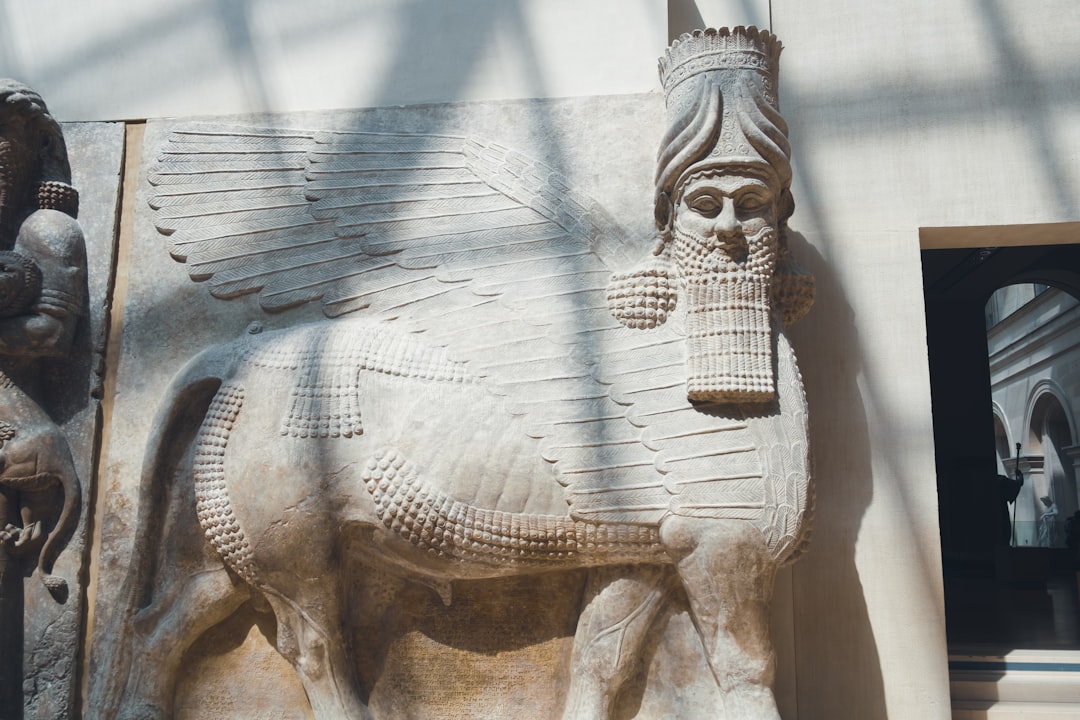What is it about?
This paper aims to study and compare the obsidian economies of Renaghju and I Stantari, two neighbouring Neolithic sites located on the Cauria plateau (south-western Corsica). The occupation phase 3 of Renaghju and phase 1 of I Stantari, both attributed to the Middle Neolithic (fifth millennium BC), have provided respectively 112 and 99 obsidian artefacts. With the aim of completing our rather lacunary knowledge of the obsidian consumption behaviours in place in Corsica during this period, the entire assemblages have been geochemically characterised virtually non-destructively using LA-ICP-MS at SOLARIS (Southern Cross University [SCU]). Our analyses revealed that, while the obsidian raw materials were exclusively sourced from the Monte Arci complex in Sardinia (SA, SB2, and SC sub-types only), rather different consumption patterns are observed for the two sites despite their comparable nature (megalithic sites) and geographical proximity (400 m apart). These differences in obsidian consumption on adjacent sites could be explained by their divergent functions (ceremonial site [Renaghju] vs. ceremonial locus and large settlement [I Stantari]), or eventually point towards the need for a readjustment of the chronological attribution of the I Stantari phase 1 occupation level.
Featured Image
Read the Original
This page is a summary of: Obsidian economy on the Cauria Plateau (South Corsica, Middle Neolithic): New evidence from Renaghju and I Stantari, Quaternary International, February 2018, Elsevier,
DOI: 10.1016/j.quaint.2017.12.033.
You can read the full text:
Contributors
The following have contributed to this page










